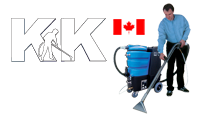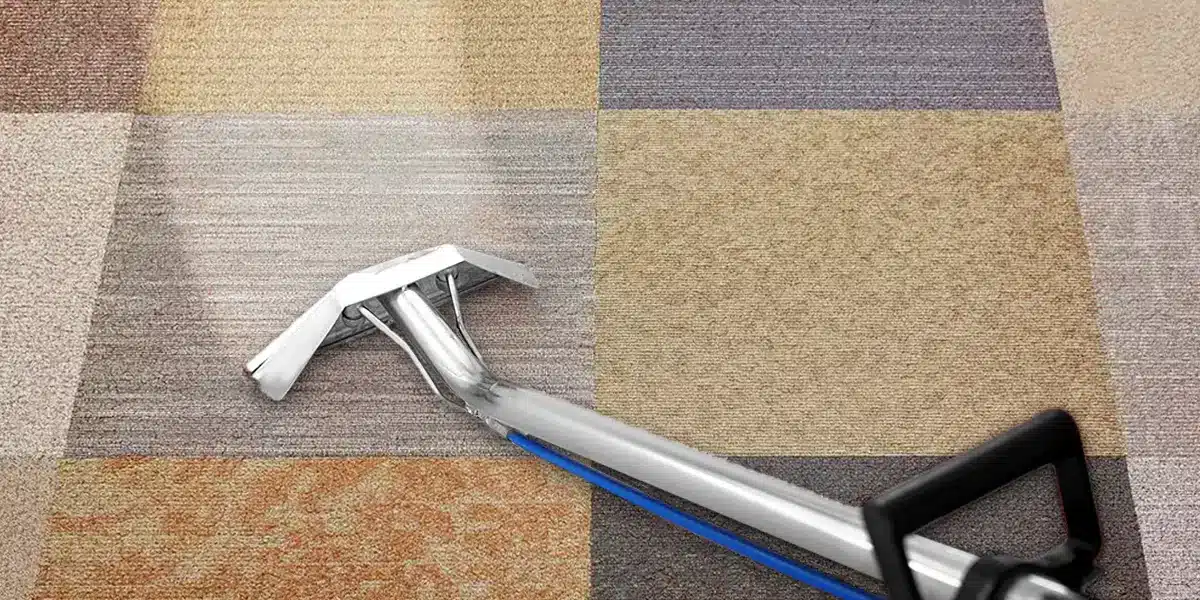Carpet Cleaning Methods for Different Types of Fibers
When it comes to carpet cleaning, one size does not fit all. Different types of carpet fibers require specific cleaning approaches to ensure optimal results without causing damage. Understanding the characteristics of various carpet fibers and using the right cleaning techniques can help prolong the life of your carpets and keep them looking their best. In this article, we will explore carpet cleaning methods for different types of fibers commonly found in residential and commercial settings.
Wool Carpets
Wool is a natural fiber known for its luxurious feel and durability. However, wool carpets require gentle cleaning methods to prevent fiber damage. Vacuuming regularly is crucial to remove loose dirt and debris. For spot cleaning, use a mild detergent mixed with water and a soft brush or sponge. Avoid excessive water and aggressive scrubbing, as wool is sensitive to moisture and agitation. Professional steam cleaning using low moisture techniques is recommended for deep cleaning wool carpets.
Nylon Carpets
Nylon is a synthetic fiber widely used in carpets due to its resilience and stain resistance. Nylon carpets are relatively easy to clean and maintain. Regular vacuuming removes loose soil, while spot cleaning with a mild detergent and water can tackle most stains. For deep cleaning, hot water extractors or steam cleaning is ideal. Nylon carpets can benefit from periodic professional cleaning to remove embedded dirt and rejuvenate the fibers.
Polyester Carpets
Polyester is another synthetic fiber commonly used in carpets. It is known for its softness, vibrant colors, and stain resistance. Vacuuming on a regular basis is essential to prevent soil buildup. Polyester carpets can be cleaned using a mild detergent and water solution for spot cleaning. For deep cleaning, hot water extraction or steam cleaning is effective. Polyester carpets tend to attract oily substances, so the use of a solvent-based cleaner may be necessary for certain stains.
Olefin Carpets
Olefin, also known as polypropylene, is a synthetic fiber that offers excellent resistance to moisture and stains. Vacuuming is important to remove loose soil and prevent matting. Olefin carpets can be cleaned using a mild detergent mixed with water for spot cleaning. Steam cleaning is recommended for deep cleaning, as it can effectively remove embedded dirt and stains. However, olefin carpets have a low heat threshold, so hot water extraction should be avoided to prevent fiber distortion.
Acrylic Carpets
Acrylic is a synthetic fiber that closely resembles wool in its appearance and texture. It is often used as a more affordable alternative to wool carpets. Acrylic carpets are relatively easy to clean and maintain. Regular vacuuming and prompt spot cleaning with a mild detergent solution are recommended. Avoid excessive water and aggressive scrubbing to prevent fiber damage. Professional cleaning can be done using a low moisture method or dry cleaning techniques.
Natural Fiber Carpets
Natural fiber carpets, such as sisal, seagrass, hemp and jute, are made from plant-based materials. These carpets require special care during cleaning due to their sensitivity to moisture. Vacuuming with a brushless attachment is the primary method of cleaning for natural fiber carpets. Spot cleaning should be done with a dry absorbent powder or a mild detergent mixed with water. It is crucial to minimize the use of water and prevent overwetting, as natural fibers can shrink or distort when exposed to moisture.
Blended Fiber Carpets
Blended fiber carpets are composed of a combination of different fibers, such as wool and nylon or polyester and nylon. Cleaning methods for blended fiber carpets depend on the dominant fiber present. For example, if a wool/nylon blend carpet has a higher percentage of wool, it should be treated as a wool carpet during cleaning. It is advisable to consult the manufacturer’s guidelines or seek professional advice to determine the appropriate cleaning approach for blended fiber carpets.
Remember, these are general guidelines, and it’s important to check specific manufacturer recommendations for your carpet and consider professional cleaning for optimal results and longevity.


